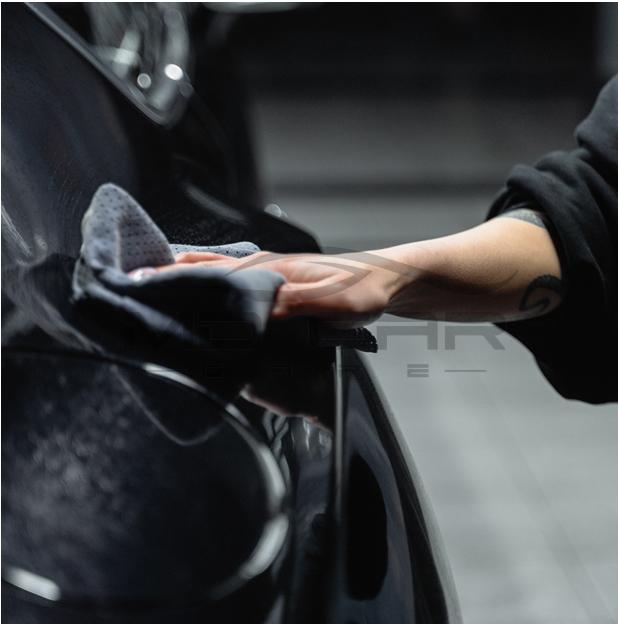YOUR CART
- No products in the cart.
Subtotal:
$0.00

Introduction:
The engine is the heart of your car, and just like your heart, it requires regular care and maintenance to keep it running at its best. While most car owners remember to change their oil and regularly service their engines, they often overlook the importance of keeping their engines clean. In this blog, we will guide you through a step-by-step process on how to safely clean your car’s engine.
Before You Begin:
Before you start cleaning your engine, there are a few things you should keep in mind. Always ensure the engine is cool to the touch before you start the cleaning process, as the combination of water and heat could damage your engine components. Secondly, always disconnect the battery terminals, and cover any exposed electrical components to prevent water damage.
Materials:
– Engine degreaser
– A bucket of warm water
– A scrub brush
– Protective gloves and eyewear
– Plastic bags and rubber bands
– A garden hose with a spray nozzle
– Microfiber cloths
Step-by-Step Guide:
1. Preparation: Start by parking your car in a well-ventilated area and let the engine cool down completely. Remove the negative battery cable to prevent any electrical shorts. Cover all the sensitive components like the alternator, power steering pump, and electrical connectors with plastic bags and secure them with rubber bands.
2. Applying Degreaser: Spray a commercial engine degreaser across the engine. Make sure to follow the instructions on the degreaser bottle. Let the degreaser sit for the time recommended by the manufacturer. This will break down the grime and grease accumulated over time.
3. Scrubbing: Use a scrub brush to gently scrub away any stubborn spots of dirt or grime. Be careful around any wires or delicate parts of the engine.
4. Rinsing: Use a garden hose with a spray nozzle to gently rinse off the degreaser from the engine. Avoid directly spraying water into electrical components, even if they are covered.

5. Drying: Use microfiber cloths to thoroughly dry off the engine. This step is crucial to avoid any water-induced damage. You can also let the engine air-dry by leaving the hood open for a while.
6. Final Steps: Once the engine is completely dry, remove the plastic bags from the electrical components. Reconnect the negative battery cable and start the engine. Let it run for a few minutes to ensure everything is working properly.
Conclusion:
Keeping your car’s engine clean not only helps it run more efficiently but also allows you to spot potential issues before they turn into costly repairs. Remember, safety is paramount when dealing with engine cleaning. Always wear protective gear and work in a well-ventilated area.
Please note that while this guide outlines a general process, the exact procedure may vary depending on the specific make and model of your car. Always consult your vehicle’s owner’s manual or a professional if you’re unsure.
Read More
Interior Detailing: Tips for a Spotless and Fresh Car Interior
The Power of an APC All-Purpose Cleaner: A Guide to MD Car Care’s All Over and 3D Orange Degreaser

4 interest-free payments with After-pay
Wiz-pay
Credit card
Paypal

Open Monday-Friday
Unit 4/15 Industry drive Caboolture